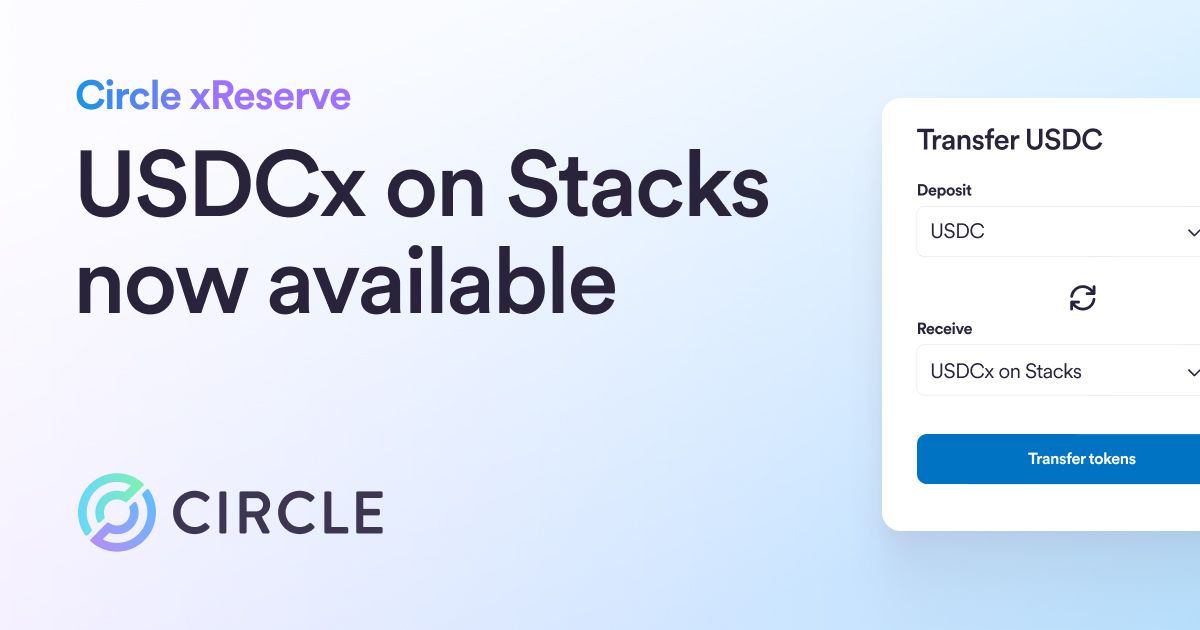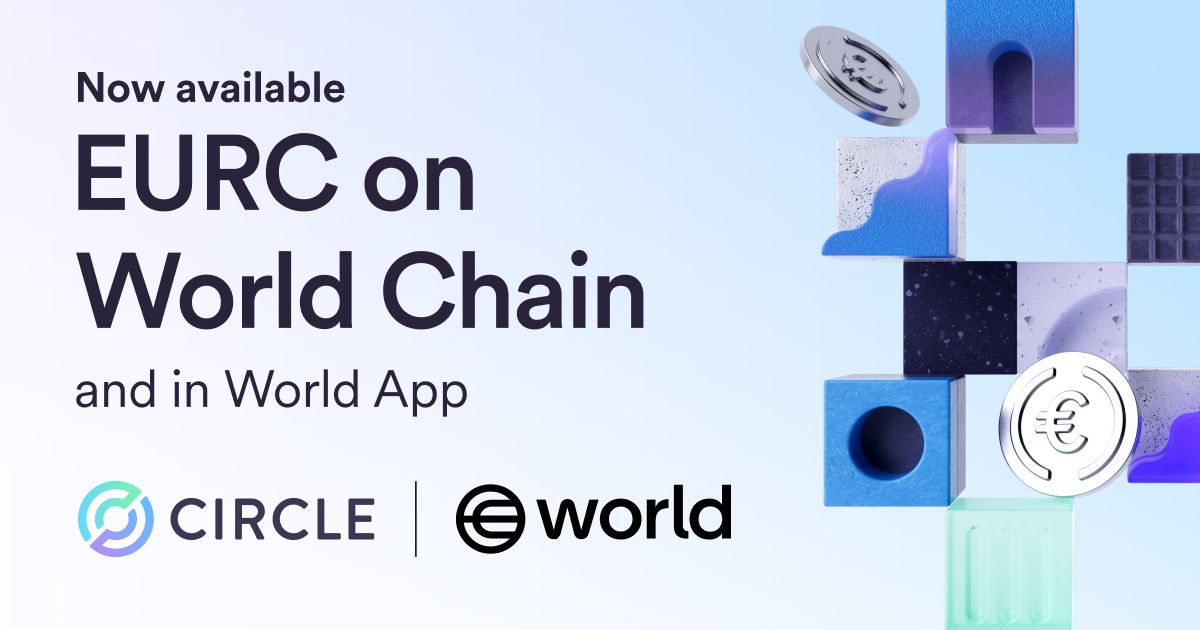Learn the differences between bridged USDC and native USDC, and the best practices for migrating from bridged USDC to native USDC on Sui.

This guide explains the differences between bridged USDC and native USDC, and shares the best practices for migrating from bridged USDC to native USDC.
What is bridged USDC?
Bridged USDC is created when USDC is locked in a smart contract on one blockchain (i.e. the origin blockchain) and a “synthetic” or “bridged” form of USDC is minted on another blockchain (i.e. the destination blockchain) by a third-party bridge application. Bridged forms of USDC are not issued by Circle.
In the case of Sui Mainnet, there exists a bridged form of USDC known as wUSDC, which is USDC that has been bridged from Ethereum. Developers and users are encouraged to migrate to “native” USDC, which is the official form of USDC on Sui Mainnet issued by Circle, backed 100% by highly liquid cash and cash-equivalent assets and always redeemable 1:1 for US dollars.
Best practices
If you intend to support both bridged USDC and native USDC, the following best practices are recommended for your UI/UX.
Bridged USDC
- Ensure bridged USDC is clearly named as “Wormhole Bridged USDC” and the token symbol shows as “wUSDC” (not Bridged USD Coin)
- Ensure reference to the bridged USDC token contract points to the correct token address: 0x5d4b302506645c37ff133b98c4b50a5ae14841659738d6d733d59d0d217a93bf::coin::COIN
Native USDC
- Ensure native USDC is clearly named as “USDC” and the token symbol shows as “USDC” (Note: USDC has been rebranded from USD Coin, now the official name is simply "USDC")
- Ensure reference to the native USDC token contract points to the correct token address: 0xdba34672e30cb065b1f93e3ab55318768fd6fef66c15942c9f7cb846e2f900e7::usdc::USDC
Additional updates
- Make native USDC the default option for deposits, withdrawals, swapping, and bridging mechanisms
- Update Top Tokens page, or similar pages on your app
- Update Analytics page, or similar pages on your app
- Highlight native USDC as Commonly Used Tokens (or similar UX modules) instead of bridged USDC
Frequently asked questions
What are the benefits of using native USDC over bridged USDC?
Benefits of native USDC include:
- Fully reserved and always redeemable 1:1 for US dollars
- Supported by Circle Mint and its APIs
- Enables institutional on/off-ramps
How can my users swap from bridged USDC to native USDC on Sui Mainnet?
Developers can swap from bridged USDC to native USDC through the following methods:
- Create a swapping mechanism or liquidity pool within their app on Sui Mainnet to help their users migrate from bridged USDC to native USDC
- Tell their users to conduct these swaps on a DEX (Decentralized Exchange) protocol on Sui Mainnet. Warning: If USDC is not clearly distinguished between native and bridged, please ensure the contract addresses match the intended swap.
- Protocols with bridged USDC to native USDC swapping mechanisms include Aftermath FInance, Cetus, FlowX, Deepbook, and Turbos.
- Protocols with bridged USDC to native USDC swapping mechanisms include Aftermath FInance, Cetus, FlowX, Deepbook, and Turbos.
- Talk to Mysten Labs about possible incentive programs and opportunities to connect with market makers to facilitate a liquidity migration
How can I access native USDC on Sui Mainnet?
Developers can access native USDC through the following methods:
- Use a DeFi protocol on Sui Mainnet to swap for native USDC. Warning: If USDC is not clearly distinguished between native and bridged, please ensure the contract addresses match the intended swap.
- Protocols with bridged USDC to native USDC swapping mechanisms include Suilend and Navi Protocol
- Protocols with bridged USDC to native USDC swapping mechanisms include Suilend and Navi Protocol
- Apply for a Circle Mint account and on-ramp to native USDC
- Use a CCTP-enabled bridge app to transfer native USDC from another blockchain to Sui Mainnet
Where can I find USDC brand guidelines?
Brand guidelines may be found here.




